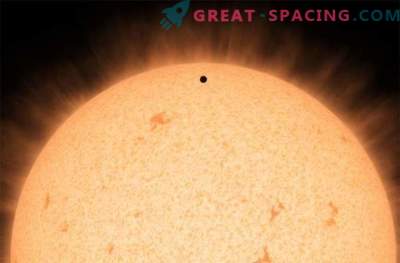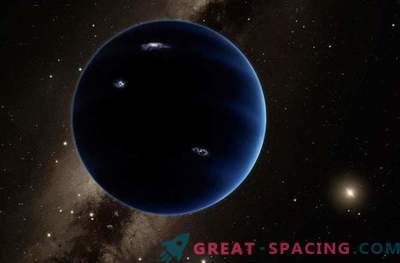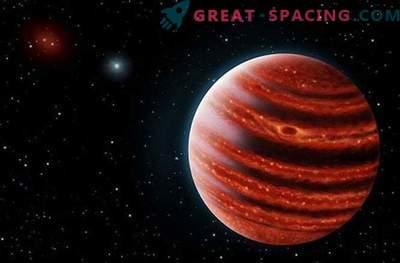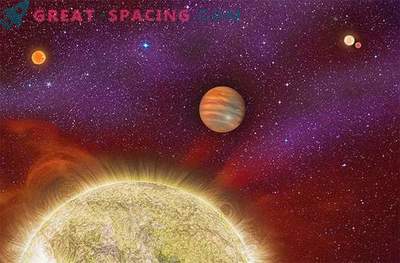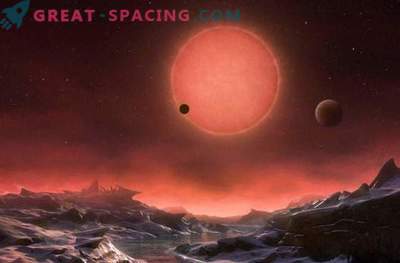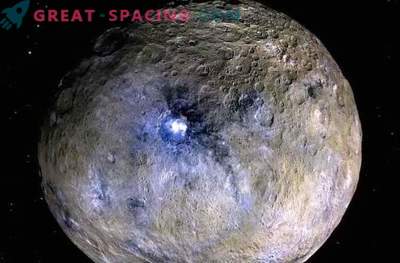
A star with a strange composition was recently seen, and astronomers think that she has just eaten an exoplanet.
A star with a suspicious chemical cocktail in the atmosphere recently hit the lens of astronomers who believe that a planetary murder has occurred.
The object HIP68468 converges in some ways with our Sun and, as is known, plays the role of a host in the system of planets. The big gas giant (about 50% more Neptune) was seen along with the world of the “super-Earth”, rotating very close to its star (3-day orbit). It would seem that this is another ordinary planet ... which suddenly turned into toasted toast.
When studying HIP68468, located 300 light-years away from us, an international team of astronomers found a high level of lithium in its atmosphere, along with other elements related to the composition of the stony planets. Considering planets with a 6 billionth billion, the formation of lithium should have ended long ago, so that its fresh portion could only come from outside. Considering the observed amount of lithium and other useful minerals, the researchers realized that the entire planet (6 times more than Earth) was absorbed by a star relatively recently. “It’s like seeing a cat sitting near a birdcage,” says Debra Fisher of Yale University. “You see yellow feathers in his mouth and you know who devoured the canary.”
“The HIP68468 study is post-mortem events around another sun-shaped star,” she added. “Discovery deepens our understanding of the evolution of planetary systems.”
Our solar system may seem a relatively stable place where the planets are tightly attached to their orbits. But during the evolution of stars and planets, gravitational instabilities correct their orbits, often causing huge migrations. Migrating planets can significantly affect other planets, comets, asteroids and even stars. In the case of HIP68468, it is believed that the inner planet migrated too quickly to the heated source and was eventually absorbed.
Based on the results of the study, we can take a closer look at the objects of our system. We may even realize that there is a risk of losing one of our favorite planets. Although it is relatively calm on Earth now, Mercury is not so lucky. “This does not mean that the Sun will eat us in the near future,” said Jacob Bean from the University of Chicago and co-author of a scientific paper published in the journal Astronomy and Astrophysics. “But our discovery gives an idea that a sad end can occur in all planetary systems. And in ours too. ”
Next, scientists hope to use the giant Magellan Telescope, which is being built in Chile, to examine the star in more detail. They plan to not only search for other exoplanets in its orbit, but also to trace the chemical composition in the atmosphere around. Perhaps this is not her first victim.
In addition, the telescope will allow scientists to study the composition of the atmosphere of the stars in more detail than we can today, ”said Bean. “It will help to better reveal the history of the planetary systems, which are clearly imprinted on the host stars.”
